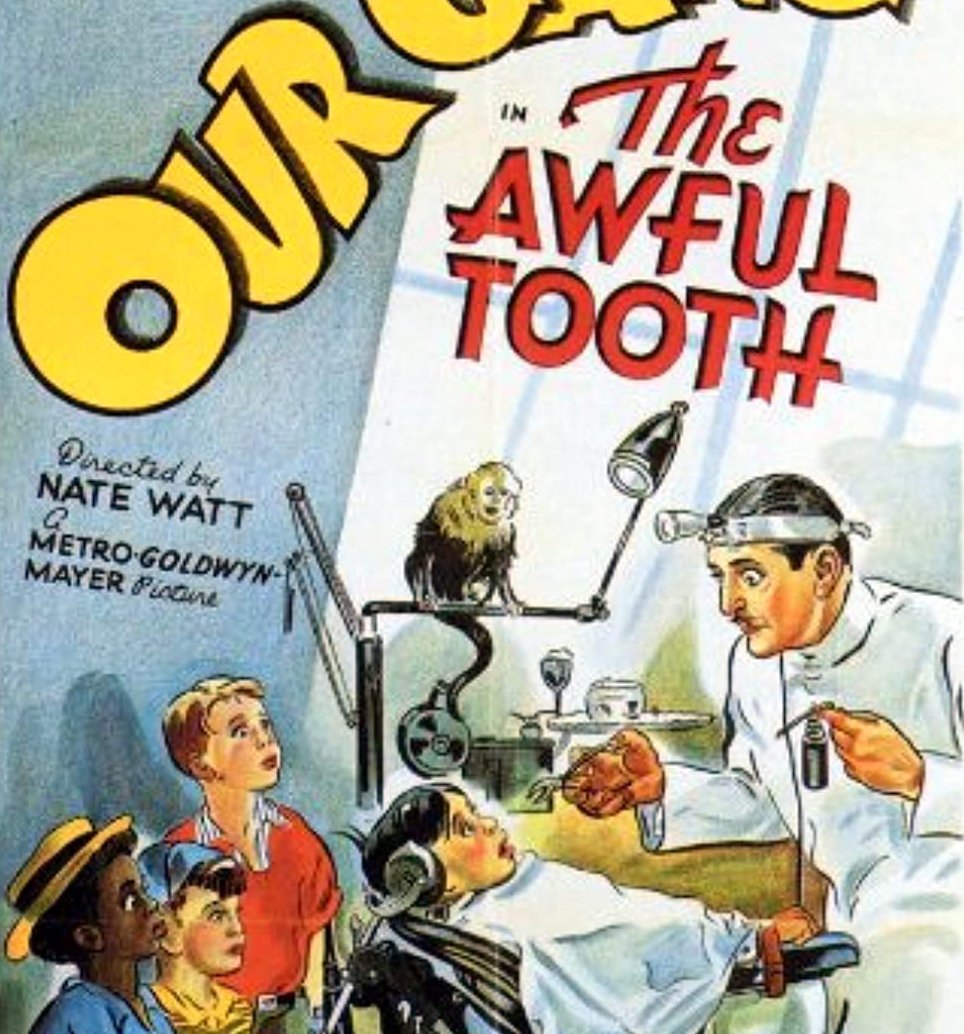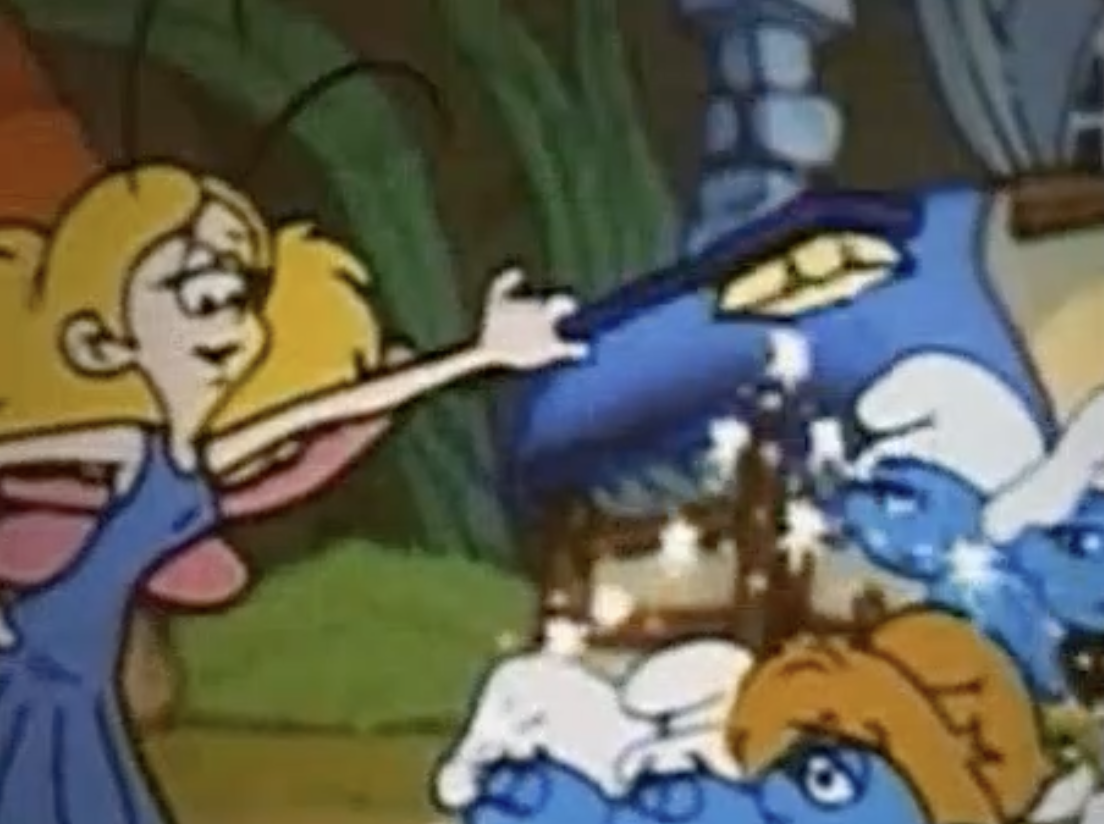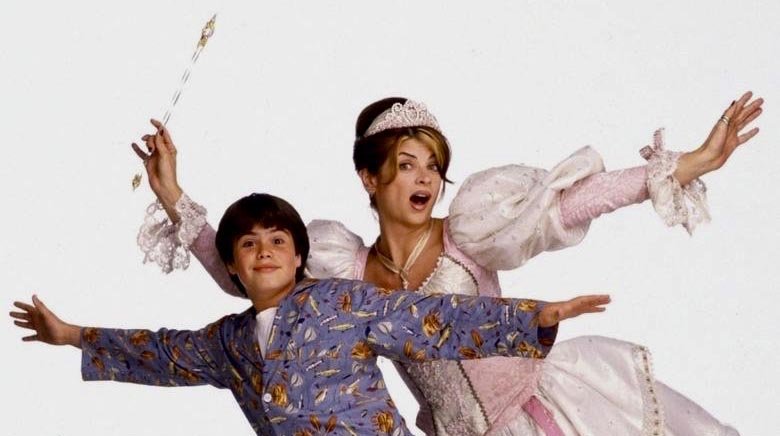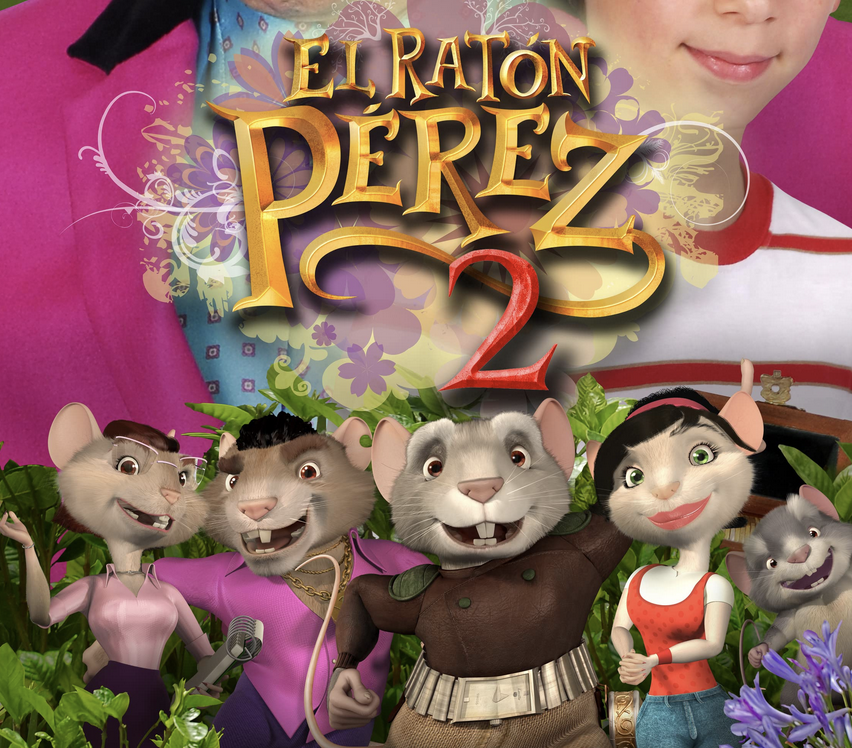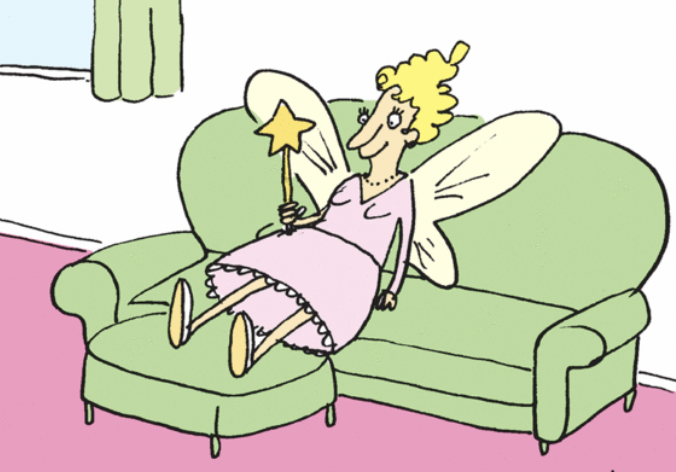
Explore the mysteries of the Tooth Fairy
Location:
Kellogg Institute Building
(1st Floor Main Lobby)
On View:
January 2019 - November, 2022
For hundreds of years, the imaginary Tooth Fairy has given children a way to celebrate a major milestone in their physical development. Explore the origins, worldly counterparts, and current trends related to this mythical character.
Tooth Fairy Timeline
Scroll ahead, or jump to a new section.
“Records indicate ancient peoples attached significance to baby teeth after they were shed. ”
“
In Norse mythology it was believed that teeth were valuable and brought good luck in battle. The Viking warriors would pay children for teeth.”
“
There was an ancient tradition of tand-fé or tooth fee, which was paid when a child lost its first tooth. This is recorded as early as the Icelandic Poetic Edda.”
“
In the medieval Europe, teeth were tossed into a fire along with salt to prevent bad luck, prevent children from growing a dog’s tooth in its place, or keep the children from having to seek their tooth after death if it was not in their possession.”
“
It is believed that the tooth fairy may have first come to us from a 17th century French fairy tale by Baroness Dulnois. The story is called, The Good Little Mouse or (La Bonne Petite Souris) and is about a fairy who turns into a mouse in order to help defeat an evil king. During the tale, the fairy mouse hides under the king’s pillow and takes all of his teeth while he sleeps.
Link to a narration of the story in French.
View full image above”
“
The next literary reference is almost 200 years later, when a writer named Luis Coloma uses an existing fictional character named Raton Perez in a story about a mouse who would regularly run away from home, and find his way into the bedrooms of children who had just lost their teeth. The story was written for Alfonzo the 13th (son of the King of Spain) who had just lost a tooth.
Link to a narration of the story in Spanish followed by a narration in English.
Link to Raton Perez House Museum in Madrid”
“
Many Spanish-speaking regions of the world have continued the story of “El Ratoncito Pérez” (Perez, the Little Mouse). In some regions of Mexico, Guatemala, Peru and Chile, he is called “El Ratón de los Dientes” (The Tooth Mouse). In Argentina, Venezuela, Uruguay and Colombia, he is simply known as “El Ratón Pérez” (Perez the Mouse).
Link to an English version of El Ratón Pérez, a 2006 Argentine film.”
“
In the early 1900s, most Americans could not afford to give hard cash to children for every baby tooth. Parents might give small gifts instead and attribute them to a fairy.
View full article ”
“
The Wynekoops were a wealthy American family whose tooth fairy traditions were recounted in newspapers nationwide in 1933. (True crimers can google why their personal lives were under a microscope)
View full image ”
“
The Tooth Fairy, a 3-act play written in 1927 by Esther W. Arnold – may have been the first published story about the tooth fairy. The script underscores “old world” beliefs in a multitude of fairies.
View full play ”
“
Beliefs in fairies carried over from northern European and were common among people in the 1800s. ”
“
Members of the South Bend Womens’ Club discussed the role of fairies in their child rearing tactics, some of which appeared in a 1926 newspaper account.
View full article”
“
By 1938, the myth was popular enough to feature in a Little Rascal film, “The Awful Tooth.” The gang attempts to have all of their baby teeth pulled so their profits from the Tooth Fairy can be pooled together.
View full poster
Watch video
”
“
In the years following World War II, Americans saw a period of great economic growth. Many more families could afford to participate in the Tooth Fairy game. When Lee Rogow published her short-story, “The Tooth Fairy” in 1948, the magazine business was booming and about 3 millions readers subscribed to Colliers.
View full story”
“
Childhood as we know it is a relatively recent invention, and parents catering to their children an even newer concept. Dr. Spock’s book, The Common Sense Book of Baby and Child Care, published in 1946 (and one of the best selling volumes in history), encourages parents to be more flexible and affectionate with their children. All “good” parents began to assume that their proper role was to serve their children’s needs, among them the need to fantasize and to feel loved.”
“
Of course there was some backlash to this notion, as documented in this wickedly humorous article, “Tooth Fairy? Nothing but Witch,” published in 1956.
View full article”
“
Childhood as we know it is a relatively recent invention, and parents catering to their children an even newer concept. Dr. Spock’s book, The Common Sense Book of Baby and Child Care, published in 1946 (and one of the best selling volumes in history), encourages parents to be more flexible and affectionate with their children. All “good” parents began to assume that their proper role was to serve their children’s needs, among them the need to fantasize and to feel loved.”
“
Cultural changes starting in the 1960s, however, also make their mark on the Tooth Fairy. A trend towards realism rather than fantasy in children’s literature (and the rise of feminism) can be seen in Anita Feagles’ 1962 book, The Tooth Fairy. The main character is portrayed without wings or wand as she sets about organizing her stash of teeth. Perhaps working mothers could relate. ”
“
For 2-3 million listeners across the midwest, the Tooth Fairy became a popular radio personality during the early 1970s. 365 episodes featuring the Tooth Fairy (Nelson Snookers), Nurse Durkin and Dr. Armadingo aired on Chicago’s WLS and more than 1000 other stations. Created by Dick Orkin for his famous Radio Ranch, the program promoted the Tooth Fairy as a comedic character only adults could appreciate.
View enlarged”
“
As children’s books featuring the Tooth Fairy continued to be written, movies and television joined into the fun as well. In 1986, the Smurfs animated cartoon aired an episode centered around a kidnapping of the Tooth Fairy. In 1997, Disney created the first full-length movie based on the legend titled, ”Toothless” and starring Kirstie Allie as the Tooth Fairy.
”
“
By the 2000s, the Tooth Fairy was about as well-established as Santa Claus among American children.”
“
In the early 2000s, all fairies got a boost in status. Fairy door installations in the Ann Arbor region are the most significant indicators of this. There is a Facebook Page devoted to the phenomenon. ”
“
In 2019, the Sindecuse Museum compiled a video montage of interview clips from the University of Michigan School of Dentistry’s first-year dental students. It details their varied cultural experiences with the Tooth Fairy.”
“
We know that Dentistry was among the most impacted industries during the Covid pandemic, but did the Tooth Fairy face any challenges because of it? One girl in Grand Rapids implored her mother to provide the Tooth Fairy with a custom-made mask to keep her safe! ”
IN POPULAR MEDIA (1930-2020)
“The Awful Tooth” (1938)
WLS The Tooth Fairy Radio Program - Episode 1 (Circa 1970)
Peanuts Comic (1995 & 2010)
The Tooth Fairy | Official Trailer (HD) | 20th Century FOX (2010)
El Raton Perez I - Trailer (2006)
El Raton Perez 2 - Trailer (2009)
This American Life podcast #605 Kid Logic 2016 (Tooth Fairy from 0:00-6:0mins)
NPR Planet Money Video Shorts: How Much Should the Tooth Fairy Leave?
7-year-old girl dreams up face mask for the Tooth Fairy FOX 17 News West Michigan (2020)





























